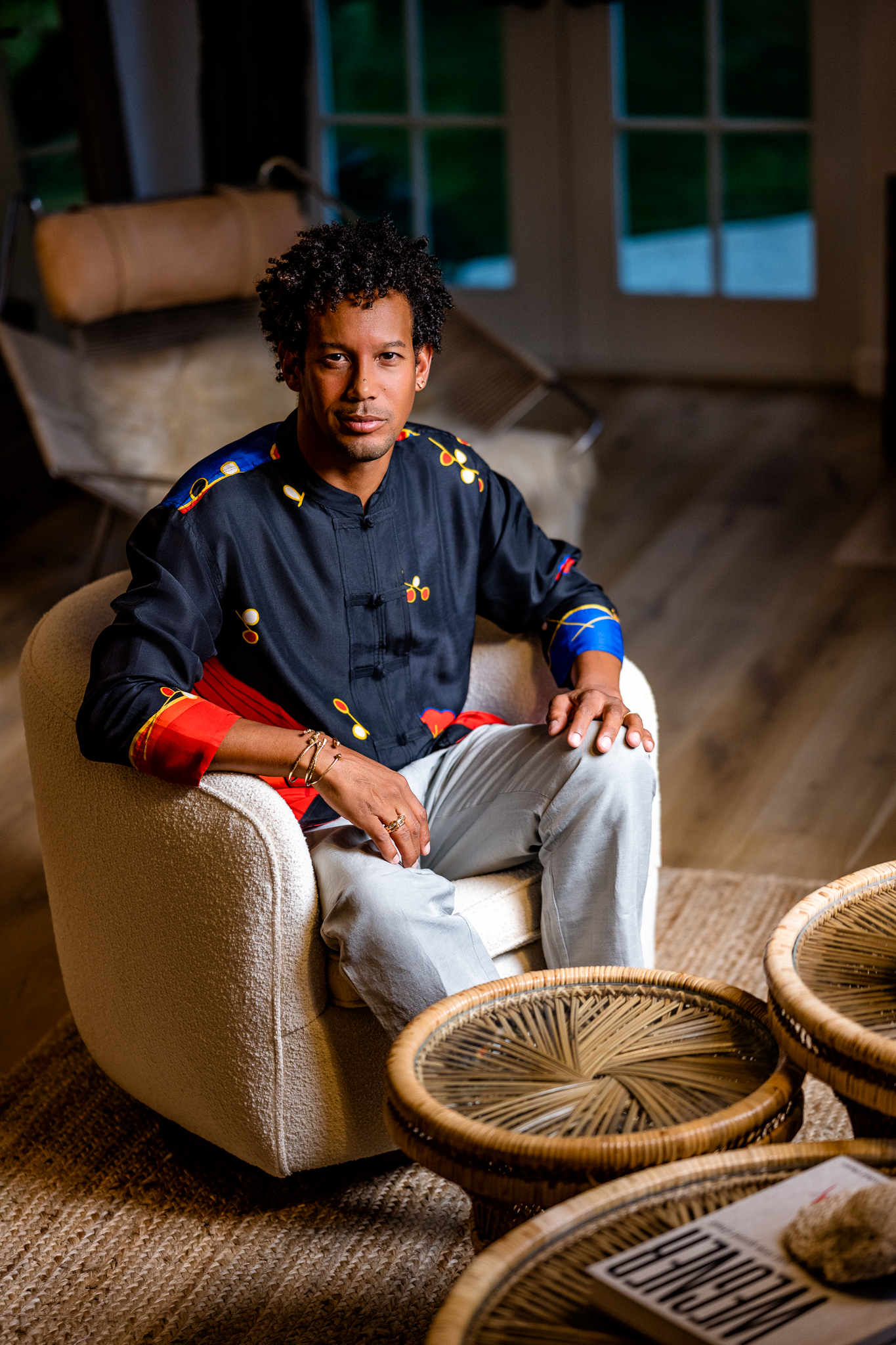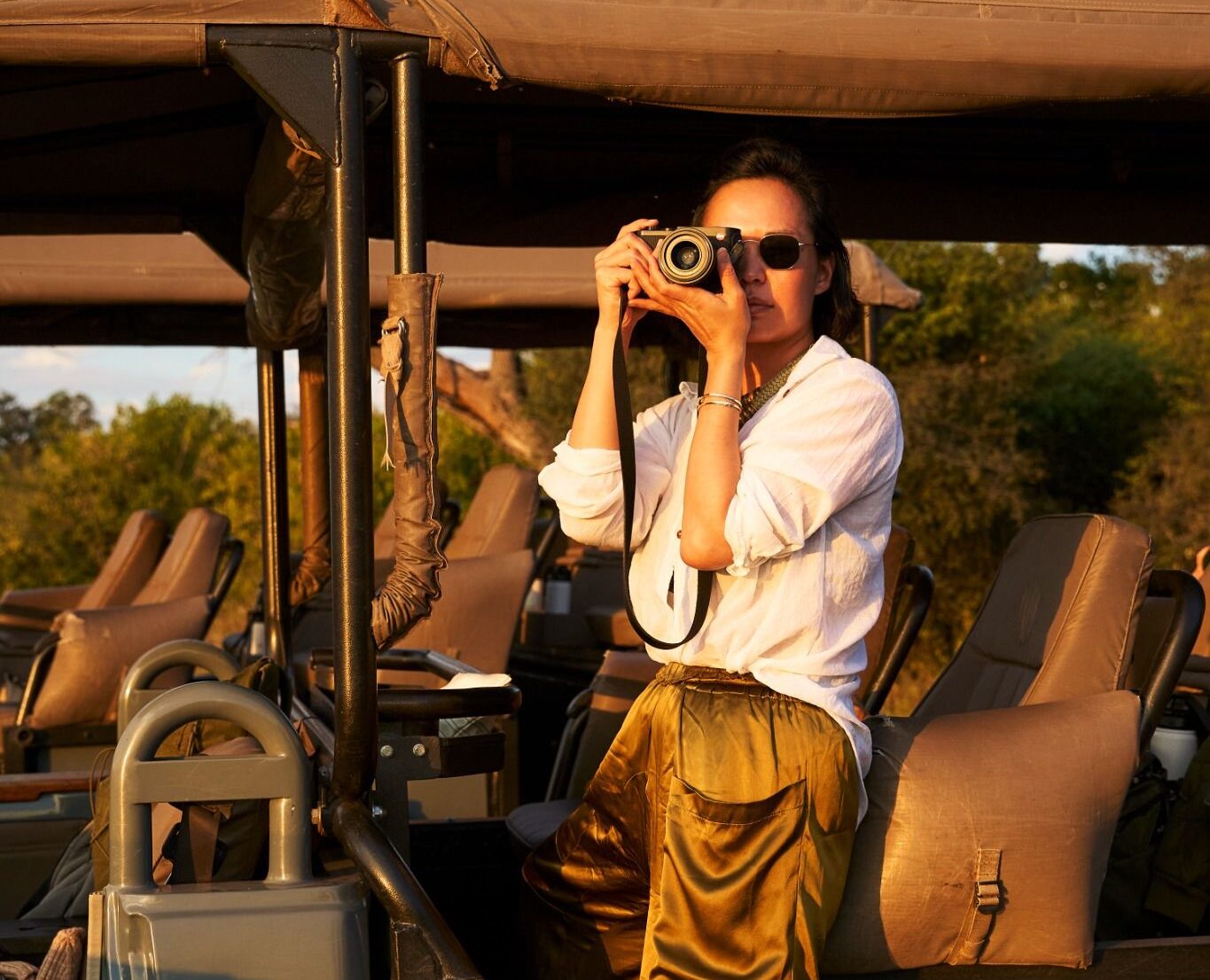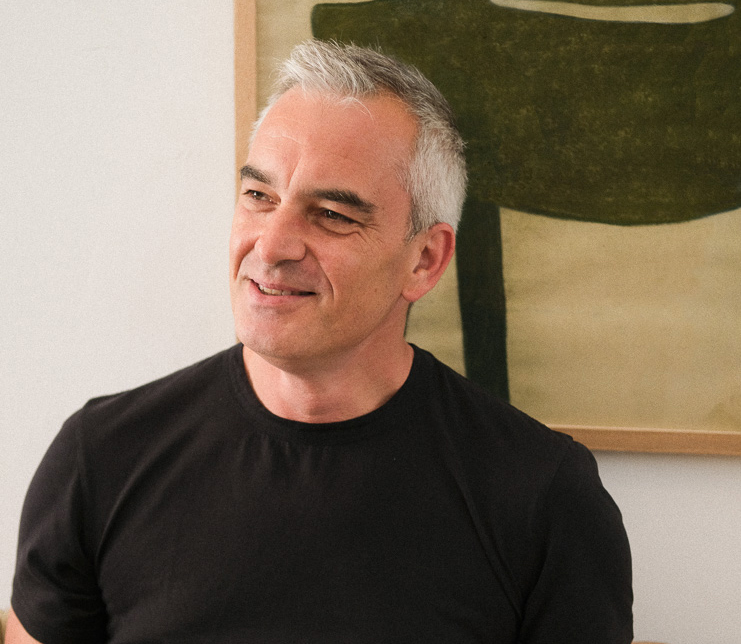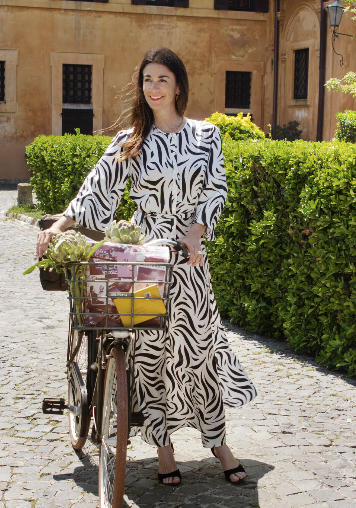We care about your privacy. We attempt to limit our use of cookies to those that help improve our site. By continuing to use this site, you agree to the use of cookies. To learn more about cookies see our Privacy Policy.
m2atelier – Marijana Radovic and Marco Bonelli
The Milan-based duo crafts soulful, design-driven spaces where architecture meets emotion
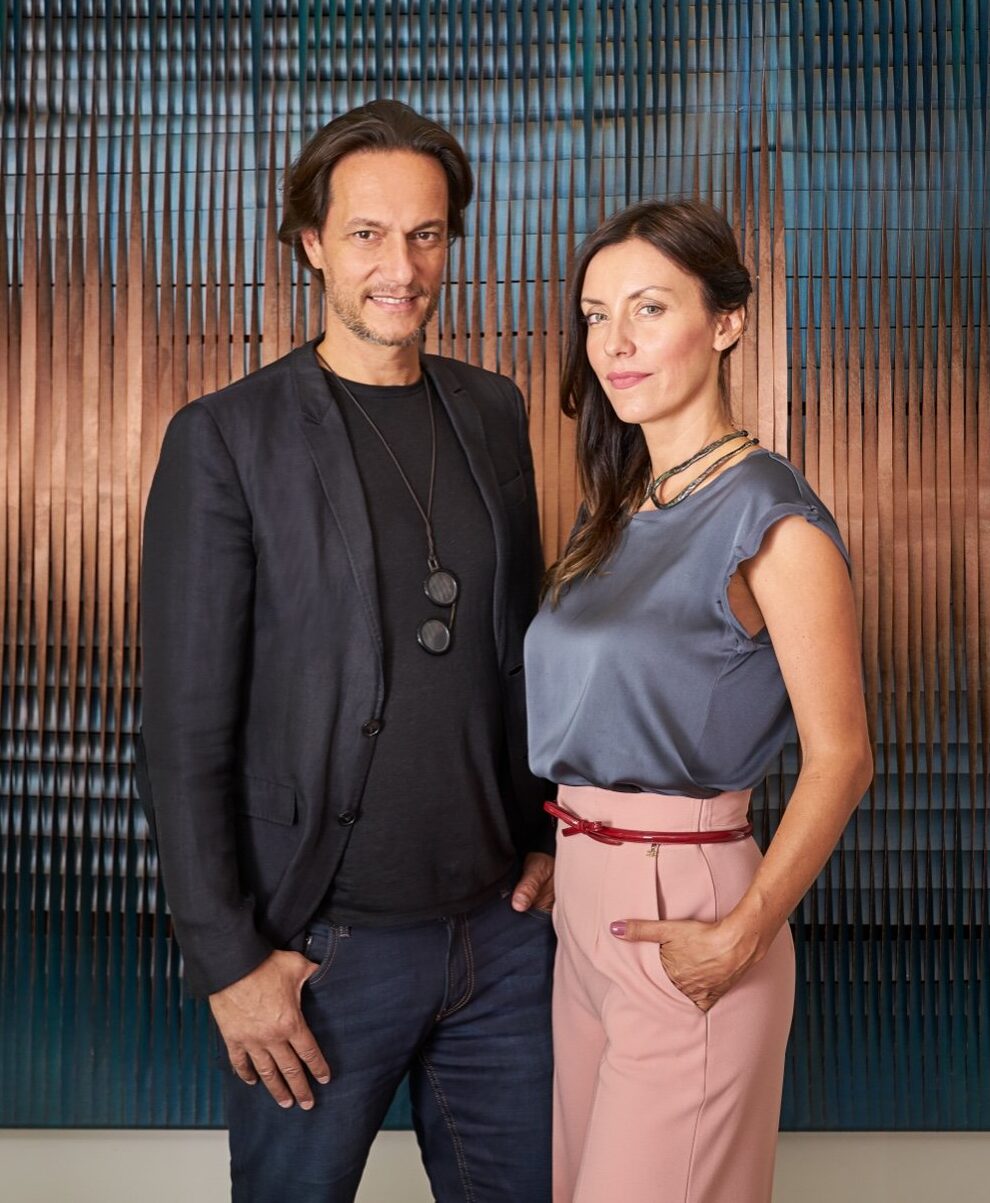
– follow m2atelier - –
In Milan, where fashion and architecture share the same DNA, m2atelier stands out for designing spaces that feel as emotionally intelligent as they are meticulously built. Founded by partners Marijana Radovic and Marco Bonelli, the studio blurs boundaries between disciplines, crafting yachts, residences, and hospitality projects that balance structure and softness, precision and poetry. Their work speaks the language of light, proportion, and tactility: minimalist at first glance, yet deeply sensual in experience. For them, design is about the quiet art of making space for emotion.
What do you do and how did you get here?
We are architects who believe design is ultimately about emotion — how space makes you feel, how it frames your life. We came together from different worlds: Marijana’s foundation was in yacht and interior design, while Marco came from architecture and fashion. Our studio grew out of this contrast — a dialogue between precision and intuition, structure and softness. What began as a small atelier has evolved into an international practice, yet our approach remains deeply personal: we still draw by hand, touch materials, and think in terms of stories rather than styles.
Read on…
Share this Story
From private yachts to urban residences and hotels, what stays constant in your design language across such different contexts?
Scale changes, but our values don’t. Whether we’re designing a 50-metre yacht, a Milan apartment, or a hotel in Norway, we always begin with human experience — light, texture, proportion, rhythm. We reduce forms to their essence so that what remains feels both calm and alive. There’s also an architectural continuity: the same attention to craft, the same play of restraint and warmth. Our work, wherever it lands, is about creating spaces that feel effortlessly resolved yet quietly emotional.
Many of your projects live at the intersection of fashion and architecture. What can hospitality learn from the fashion world and vice versa?
Fashion teaches architecture to move faster — to embrace intuition, identity, and narrative. A great hotel, like a great collection, knows who it is and how it wants people to feel. Hospitality, in turn, reminds fashion of permanence: materials that age beautifully, spaces that invite care and ritual. We love the tension between the two — the elegance of tailoring meeting the discipline of structure. Both worlds are, at their best, about creating intimacy through detail.
The term “atelier” evokes craftsmanship and experimentation. How do you keep that spirit alive within a team of 50 architects and designers?
We’ve built m2atelier as a workshop, not a hierarchy. Everyone is encouraged to think with their hands, to draw, to prototype, to question. Even though we’re now a large team, the process still feels tactile and curious. We hold weekly sessions where we review details, materials, and mock-ups together — it’s our way of staying connected to the act of making. The atelier spirit lives in those moments: when a young designer brings a small idea that transforms an entire project.
Read Polina Sova’s full review of Tollboden Hotel in Kragerø, Norway, designed by m2atelier here.
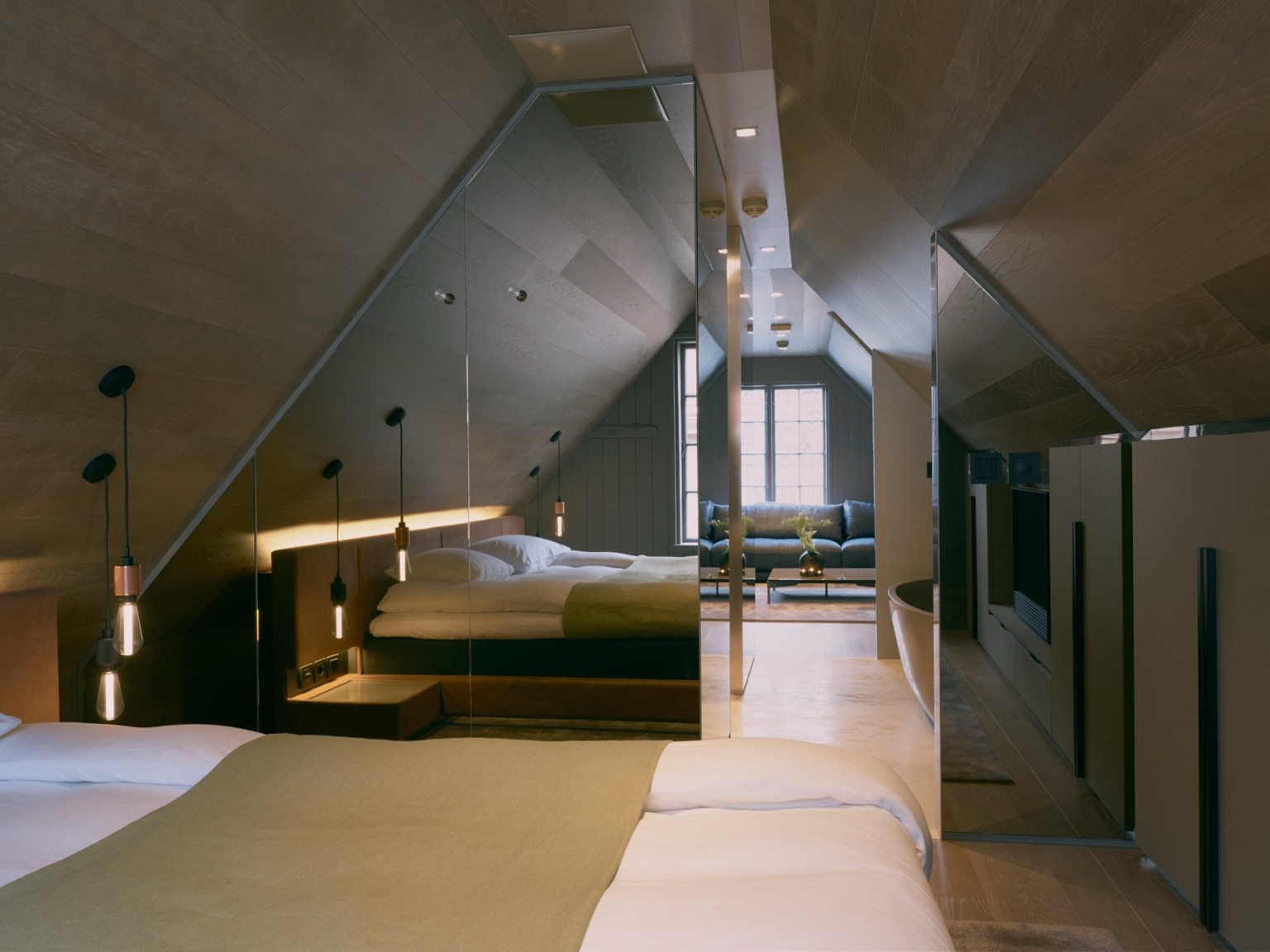
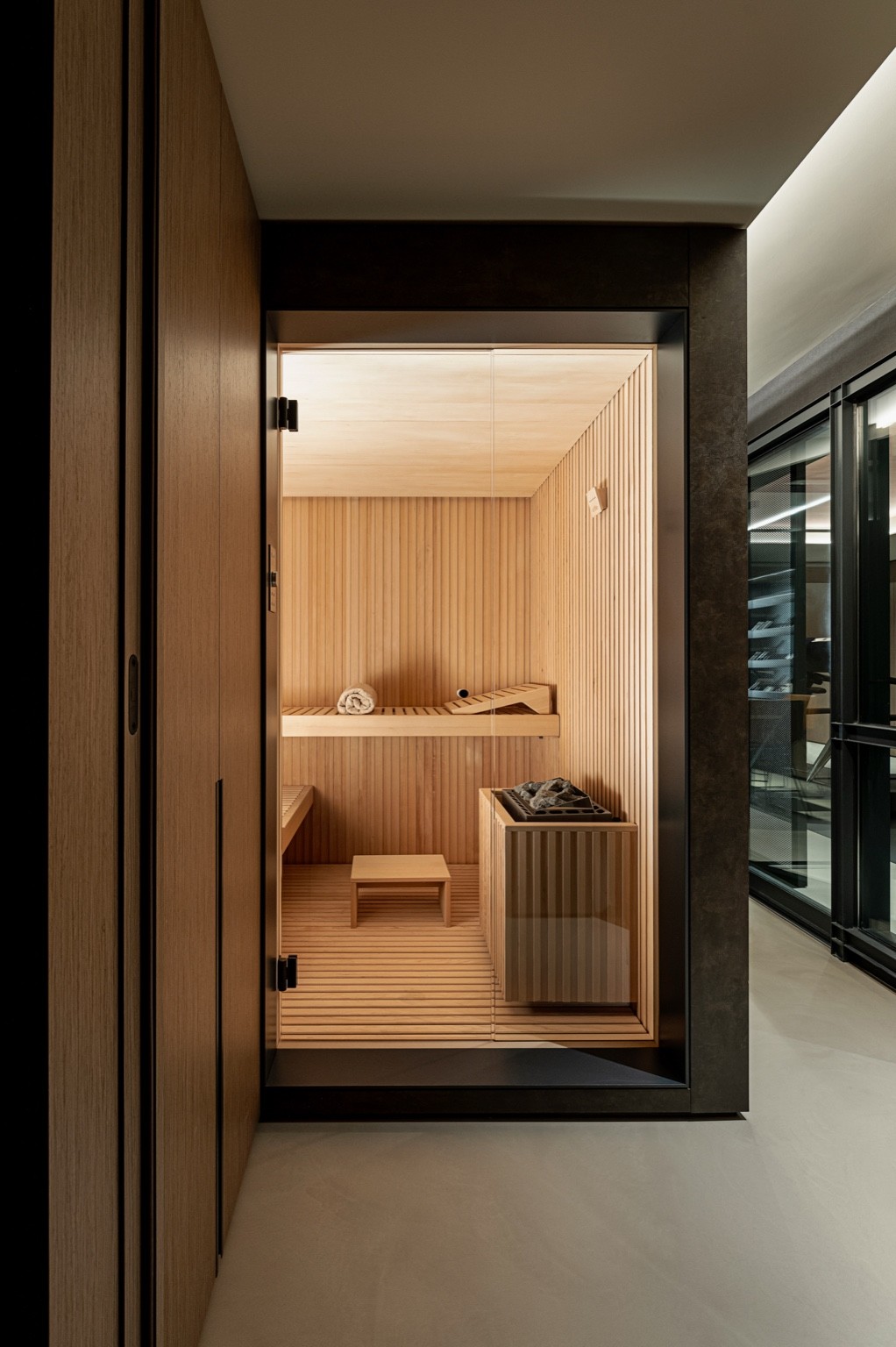
You’ve collaborated with Giorgetti on sculptural, couture-inspired furniture pieces. What role does furniture play in completing your architectural narratives?
Furniture is the bridge between architecture and life — it’s how the body meets the building. When we design furniture, it’s always in conversation with the architecture around it: same proportions, same emotional language. Our collaborations with Giorgetti were a chance to translate our spatial discipline into something tactile, something that could be touched and inhabited. For us, a chair or table isn’t decoration; it’s the punctuation mark that gives rhythm and meaning to the space.
Many hotels today strive to feel “residential.” What does that concept mean to you and when does it succeed or fail?
To feel “residential” is to feel genuine. A hotel succeeds when it offers the ease, intimacy, and informality of home — not by copying domestic décor, but by evoking familiarity through warmth, proportion, and natural flow. It fails when it becomes too staged, when every corner is curated to death. The best hotels have an unspoken rhythm, a kind of softness that welcomes imperfection. It’s less about looking like a home and more about giving you permission to live naturally inside it.
You describe your process as “reducing unnecessary complexity.” What’s the hardest thing to strip away?
It’s tempting to over-design, to add more because you can. But we’ve learned that true elegance often lies in restraint. The hardest part is knowing when to stop — when a gesture, a material, a line has said enough. Removing complexity means keeping only what serves emotion and function. It’s a quiet discipline, but it’s where clarity and beauty meet.
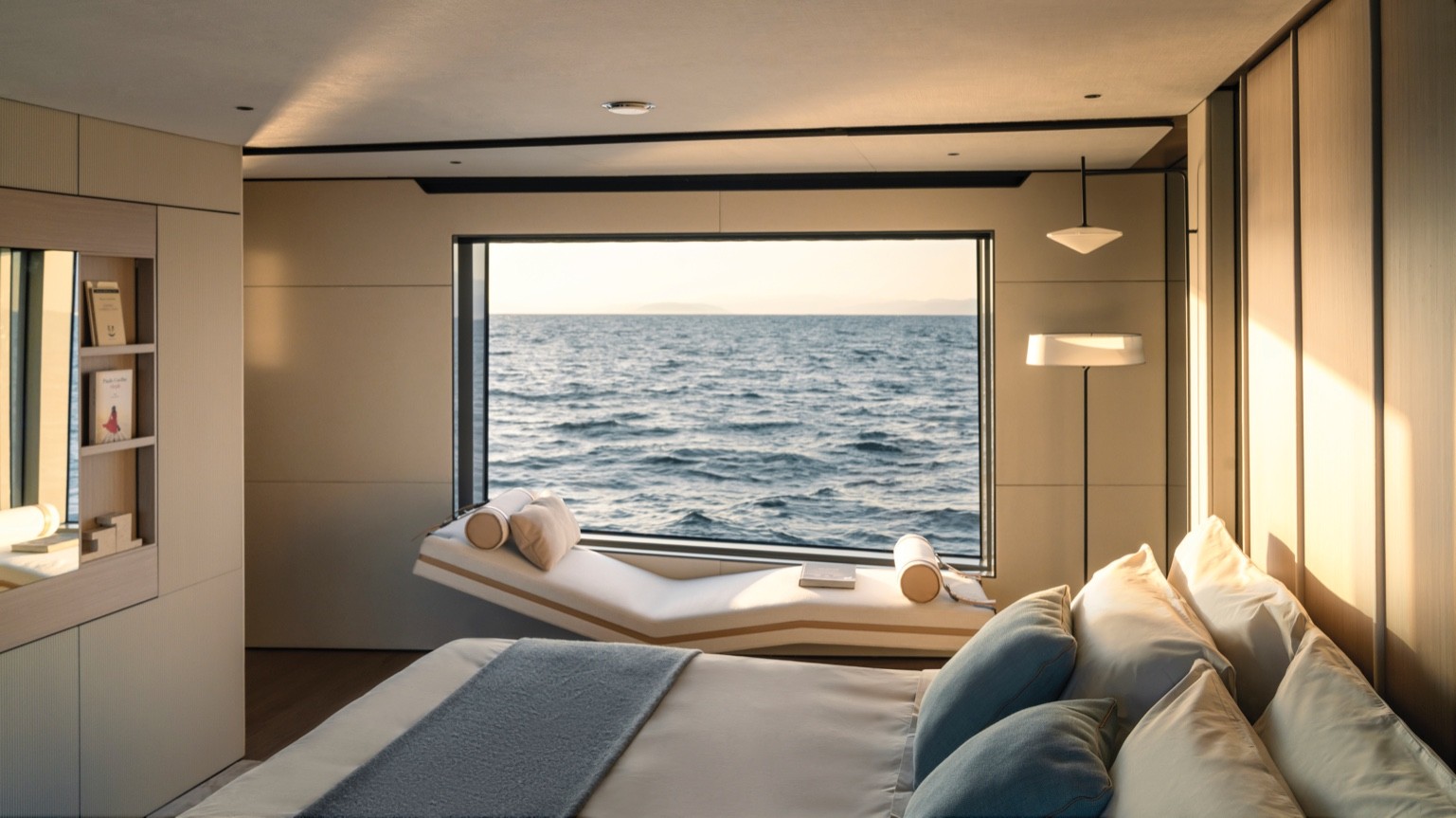
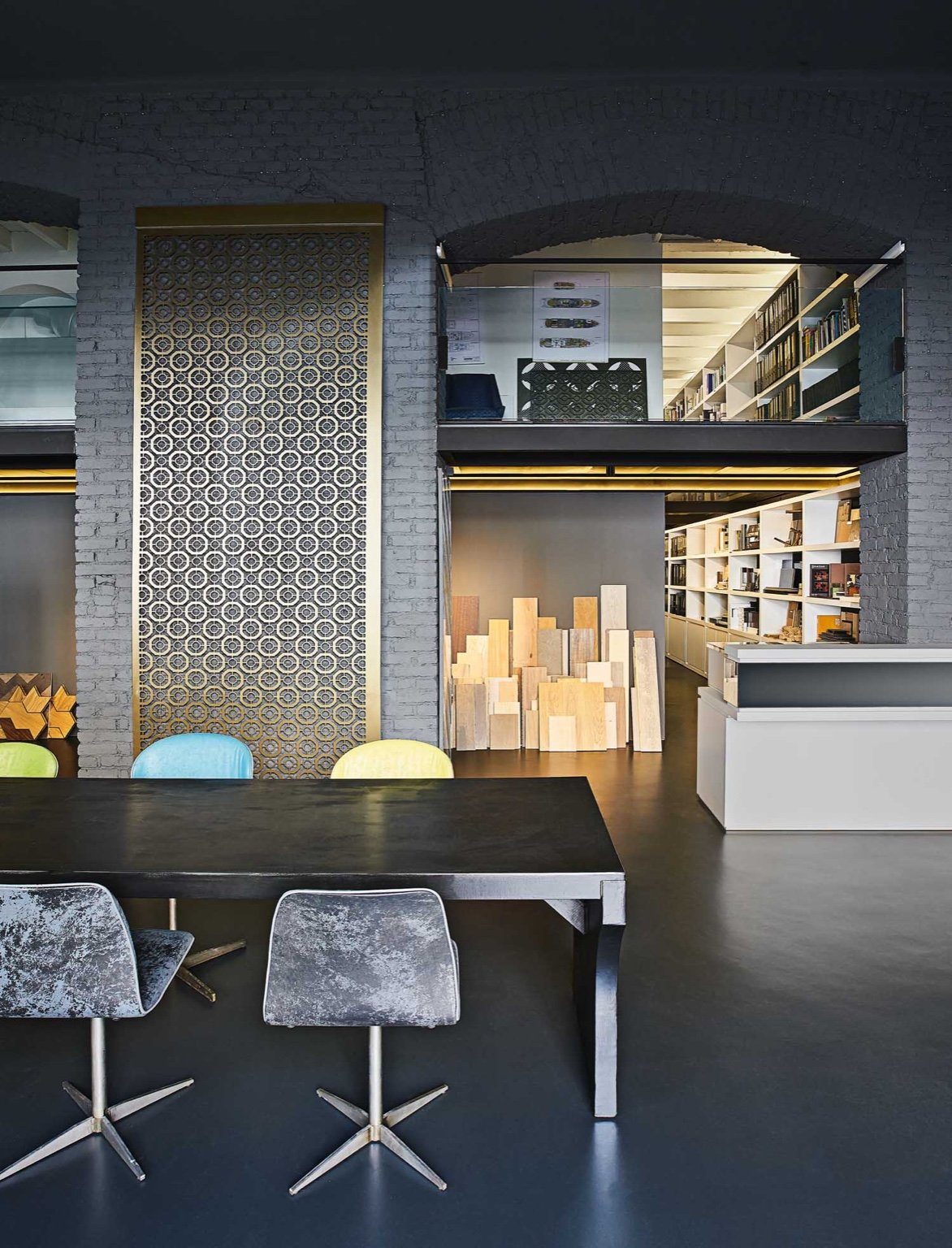
Travel clearly shapes your vision — between Milan, New York, and the Mediterranean. What’s a destination that has recently inspired you, and why?
We’re constantly inspired by the Mediterranean — its light, its architecture, its effortless dialogue between human and nature. Travel refines your sensitivity to atmosphere. It teaches you that design is less about perfection and more about emotion — about the quiet tension between what is made and what is found. Our many visits to New York and Miami gives us a sense of the scale and magnitude of life in the U.S., which as Europeans, is inspiring. We return to Milan with wells of inspiration from each place we visit, and subconsciously infuse it into our craft.
As designers who work across continents and cultures, how do you ensure each project still feels deeply of its place?
We start by listening. Every site has its own rhythm — its light, material palette, social rituals. Rather than impose a style, we interpret those cues through our own sensibility. Working globally has taught us humility: to collaborate with local craftsmen, to understand vernacular materials, to design with climate and culture in mind. Our projects may share a language of refinement and simplicity, but each speaks with the accent of its location.
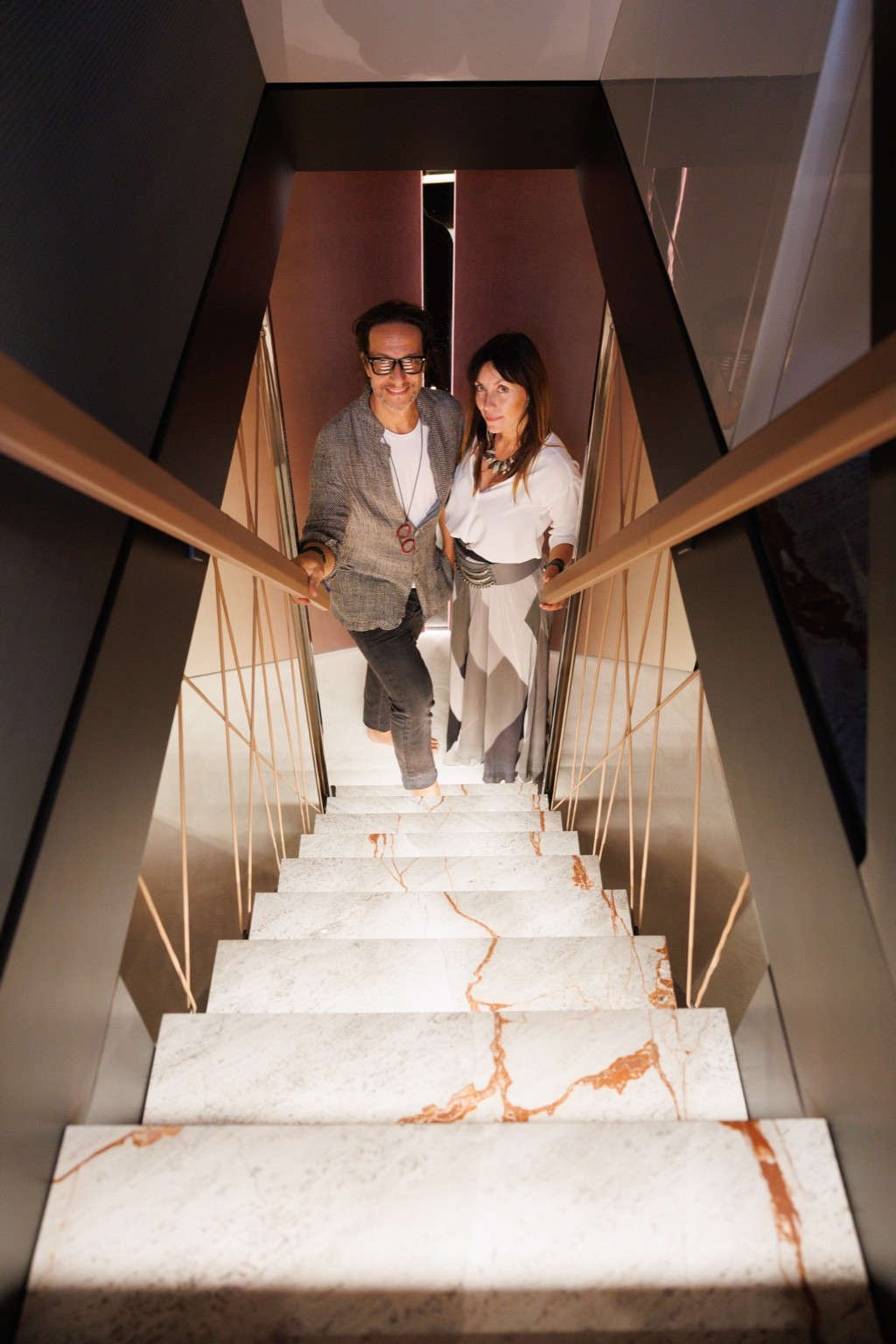
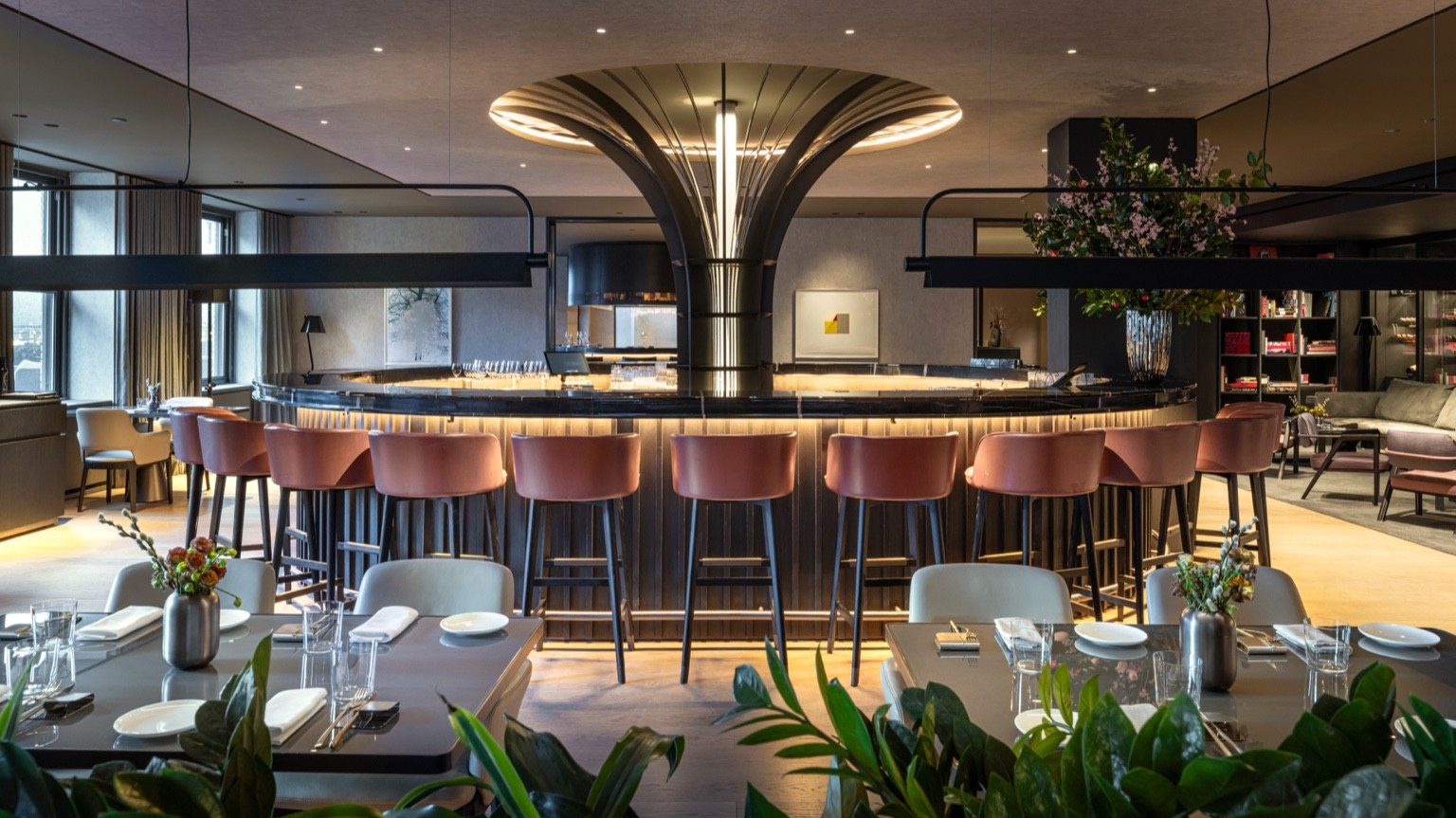
Looking ahead, how do you see architecture and hospitality evolving together?
We believe the future of hospitality is intimacy — smaller footprints, deeper meaning. Architecture will move toward flexibility and empathy: spaces that transform, adapt, and connect people with their surroundings. Sustainability will no longer be a feature but a given. Guests today seek honesty, not opulence; craft, not gloss. We see a shift from spectacle to substance — where architecture becomes not an escape from reality, but a more beautiful way to live within it.
If you were a hotel, which one would you be?
We’d be a quiet coastal retreat with strong bones and soft edges — modernist structure, Mediterranean soul. Light filtering through linen curtains, salt on the air, a terrace that invites conversation at sunset. A place that feels both disciplined and poetic, where everything has been considered but nothing feels forced. Somewhere you could arrive without announcement and stay longer than planned. That’s how we’d like our architecture to feel — timeless, human, and quietly unforgettable.
Have you signed up for our free weekly newsletter yet? Never spammy, always bringing you the best and coolest hotels in the world and global lifestyle culture, all through the eyes of industry insiders and local tastemakers.Sign up here!
Share this Story
More Industry Insider Interviews
Darryl Gibson
A cultural curator reframing Miami’s social life through heat, ritual, and human connection
tell me more ›Erina Pindar
The SmartFlyer COO on leadership, travel trends and why the human touch still matters in travel
tell me more ›
